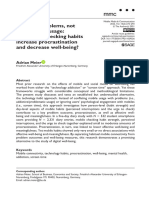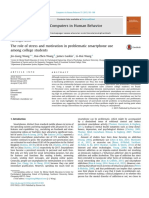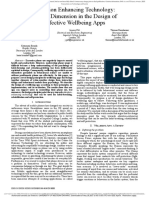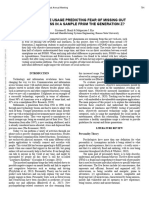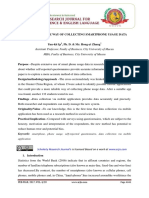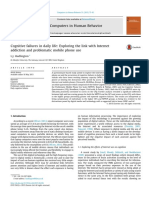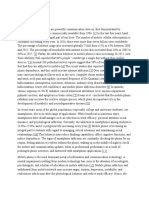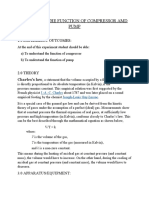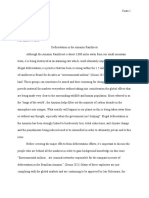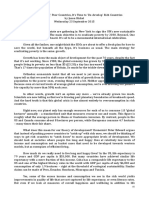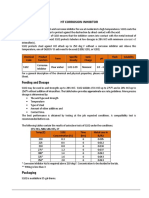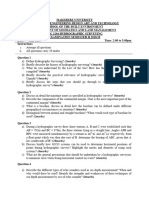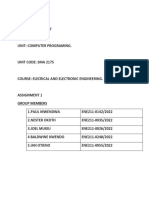B.K. Williams, S.C.
Sawyer, Using Information Technology: A
Practical Introduction to Computers & Communications (9th
Edition). McGraw-hill: New York, 2011.
Francis James Canova Jr.born 23 December 1956) is an American electronics designer who originated the
idea for the IBM Simon and has thus been described as the inventor of the smartphone in 1990.
Wilmington Delaware
Mostefaoui, Ghita K.; Tariq, Faisal
(2018). Mobile Apps Engineering:
Design, Development, Security,
And Testing. CRC Press. P. 16. ISBN
Beddall-Hill N, Jabbar A, Al Shehri S. 2011. Social mobile devices as
Tools for qualitative research in education: iPhones and iPads in
Ethnography, interviewing, and design-based research. J Res Center
Educ Technol.
GarcIa B, Welford J, Smith B. 2016. Using a smartphone app in qualitative research: the good, the bad
and the ugly. Qual Res
Redlich-Amirav D, Higginbottom G. 2014. New emerging technologies
In qualitative research. Qual Rep. 19(26):1–14.
Visser S. N., Danielson M. L., Bitsko R. H., Holbrook J. R., Kogan M. D., Ghandour R. M., et al. (2014).
Trends in the parent-report of health care provider-diagnosed and medicated
attention-deficit/hyperactivity disorder: United States, 2003-2011. J. Am. Acad. Child Adolesc. Psychiatry
Nikken P., Schols M. (2015). How and why parents guide the media use of young children. J. Child Fam.
Stu
Paul J. A., Baker H. M., Cochran J. D. (2012). Effect of online social networking on student academic
performance
Stephen J. Blumberg
Division of Health Interview Statistics, National Center for Health Statistics, CDC, in Hyattsville, MD
Bianchi A., Phillips J. G. (2005). Psychological predictors of problem mobile phone use.
�Brown G. (2014). The Effects of Values and the Presence of a Mobile Phone on Friendship Interactions.
J.K. Caird, C.R. Willness, P. Steel, C. Scialfa
A meta-analysis of the effects of cell phones on driver performance
Marsh, J., Brooks, G., Hughes, J., Ritchie, L., Roberts, S. & Wright, K. (2005). Digital beginnings: Young
children’s use of popular culture, media and new technologies.
Shari P. Walsh ,Katherine M. White , Melissa K. Hyde , Barry Watson( November 2008)Keeping in
constant touch: The predictors of young adults mobile phone involvement
Smartphone addiction effect on physical and psychology health ( Abo_ Jedi _2008)
R.B. Clayton et al. The extended iSelf: the impact of iPhone separation on cognition, emotion, and
physiology J. Comput.-Mediat. Commun.(2015)
Kruger, D.J., Djerf, J.M., 2016. High ringxiety: Attachment anxiety predicts Experiences of phantom cell
phone ringing. Cyberpsychology, Behavior, and Social Networking
Smith, A., Page, D., 2015, April 1. U.S. smartphone use in 2015, in: Project, P.I. (Ed.), PewResearch
Internet Project. Pew Research.
Hong, F. Y. , Chiu, S. I. , & Huang, D. H. (2012). A model of the relationship between psychological
characteristics, mobile phone addiction and use of mobile phones by Taiwanese university female
students. Computers in Human Behavior,
Samaha, M. , & Hawi, N. S. (2016). Relationships among smartphone addiction, stress, academic
performance, and satisfaction with life. Computers in Human Behavior
Young, K. S. (2004). Internet addiction. American Behavioral Scientist,
Shah, V. , Kwak, N. , & Holbe, R. L. (2001). “Connecting” and “disconnecting” with civic life: Patterns of
Internet use and the production of social capital. Political
Park, N. , & Lee, H. (2012). Social implications of smartphone use: Korean college students’ smartphone
use and psychological well-being. Cyberpsychology, Behavior and Social Networking,
Richard Andrew Burns (2017) Australian National University | ANU · Centre for Research on Ageing,
Health & Wellbeing (CRAHW)
Ryff, C. D. (1989). “Happiness is everything, or is it? Explorations on the meaning of psychological well-
being”. Journal of Personality and Social Psychology
Burns, R. A., & Machin, M. A. (2009). Investigating the structural validity of Ryff’s psychological well-
being scales across two samples. Social Indicators Research
Ryff, C. D., & Keyes, C. L. M. (1995). The structure of psychological well-being revisited. Journal of
personality and social psychology,
Ryff, C., & Singer, B. (2002). From social structure to biology. Handbook of positive psychology,
�Beddington, J., Cooper, C. L., Field, J., Goswami, U., Huppert, F. A., Jenkins, R., et al. (2008). The mental
wealth of nations. Nature,
Robertson, I. T., & Cooper, C. L. (2010). Full engagement: the integration of employee engagement and
psychological well‐being. Leadership & organization development journal
Carruthers, C. P., & Hood, C. D. (2004). The Power of the positive: Leisure and wellbeing. Therapeutic
Recreation Journal
Uppert, F. A. (2004). A Population Approach to Positive Psychology: The Potential for Population
Interventions to Promote WellBeing and Prevent Disorder.
Weiss, L. A., Westerhof, G. J., and Bohlmeijer, E. T. (2016). Can we increase psychological well-being? The
effects of interventions on psychological well-being: a meta-analysis of randomized controlled trials.
Reis, H. T., Sheldon, K. M., Gable, S. L., Roscoe, J., and Ryan, R. M. (2018). Daily Well-Being: The Role of
Autonomy, Competence, and Relatedness. Relationships, Well-Being and Behaviour. London
Soenens, B., Vansteenkiste, M., and Van Petegem, S. (2017). Psychology and Culture Construct
“Autonomy” Çiǧdem Kaǧıtçıbaşı. Autonomy in Adolescent Development. London: Psychology Press,
Erikson EH: Identity and the life cycle: selected papers. Psychol Issues 1959
17.Aristotle: The Nicomachean Ethics.New York, Oxford University Press, 1925.
Abbott, R.A., Ploubidis, G.B., Croudace, T.J., Kuh, D., Wadsworth, M.E.J., &Huppert, F.A. (2008). The
relationship between early personality and midlifepsychological well-being: Evidence from a UK birth
cohort study. Social Psychiatry and Psychiatric Epidemiology, 4
Diener, E. (1984). Subjective well-being. Psychological Bulletin, 95







